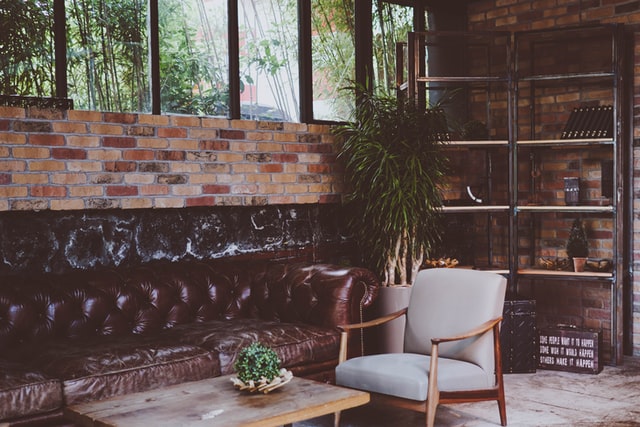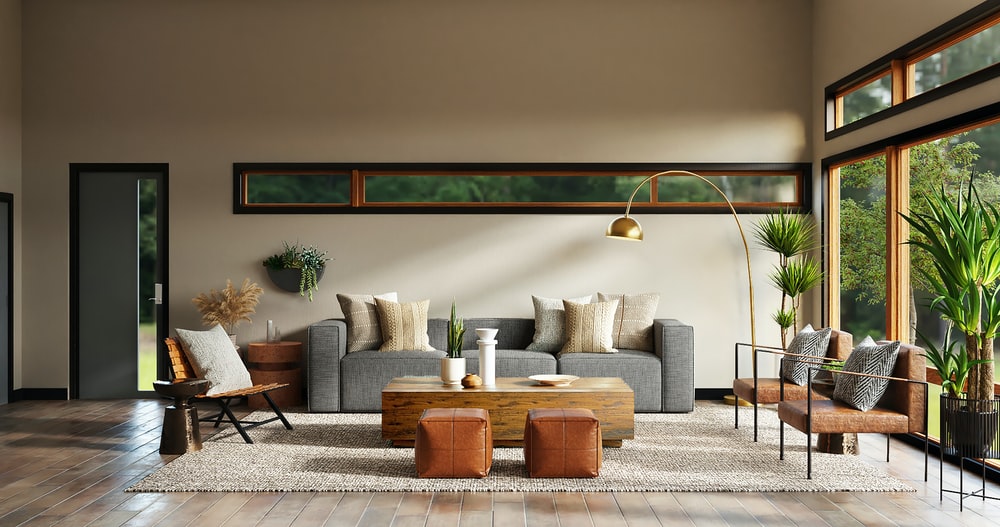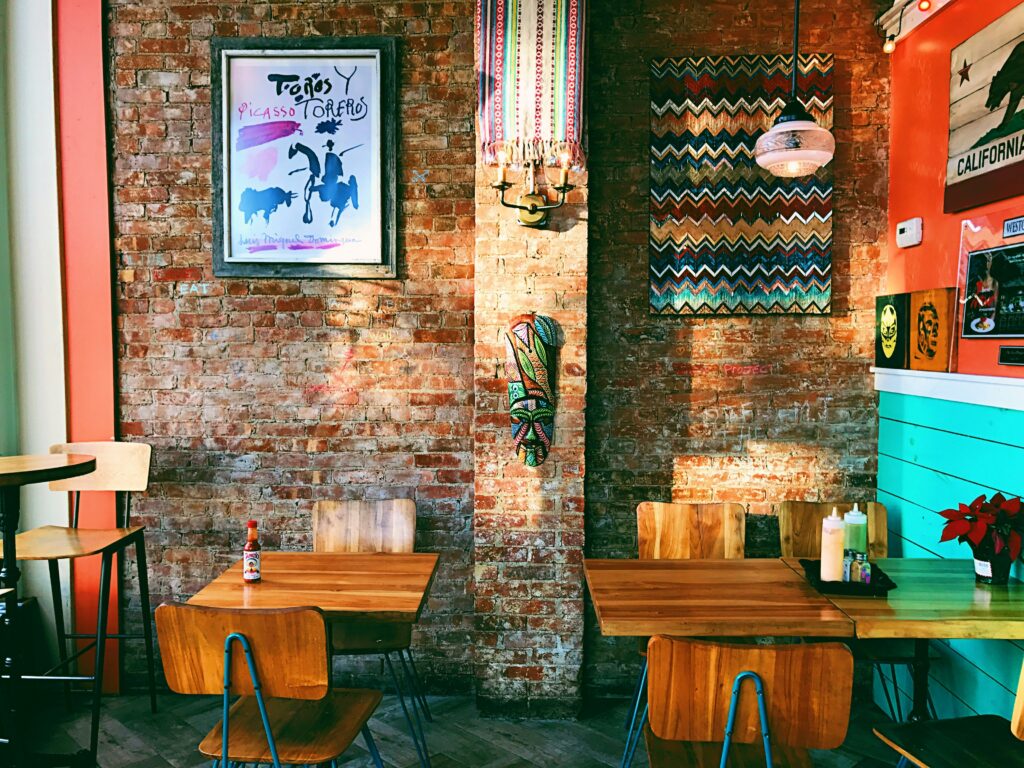
Minimalistic low budget small restaurant design: Embrace a minimalistic approach with simple furniture and decor. Choose clean lines and neutral colors to create a modern and spacious feel.
Flexible Seating: Opt for versatile seating options such as stackable chairs or benches that can be easily rearranged to accommodate different group sizes.
DIY Decor: Get creative with DIY decor elements like wall art, signage, or lighting fixtures for low budget small restaurant design. This can add a personal touch and save costs.
Functional Layout: Focus on a practical layout that maximizes space efficiency. Consider open shelving for storage and multifunctional furniture.
Budget-Friendly Materials: Use cost-effective materials like laminate flooring, plywood, or reclaimed wood for furniture and decor in low budget small restaurant design.
Smart Lighting: Use lighting to create ambiance without spending too much. Consider using LED lights or string lights for a cozy atmosphere.
Greenery: Incorporate plants and greenery to add life to the space. Plants are affordable and can make a big impact on the overall ambiance.
Upcycling: Repurpose old or unused items into unique decor pieces. For example, old crates can be turned into shelves or storage units.
Focus on Branding: Use your restaurant’s branding elements creatively to enhance the decor. This could include using your logo in signage or decor items.
Sustainable Design: Consider eco-friendly practices such as using energy-efficient appliances or reclaimed materials to reduce costs in the long run.
By implementing these tips, you can design a charming and functional restaurant that suits your budget constraints.
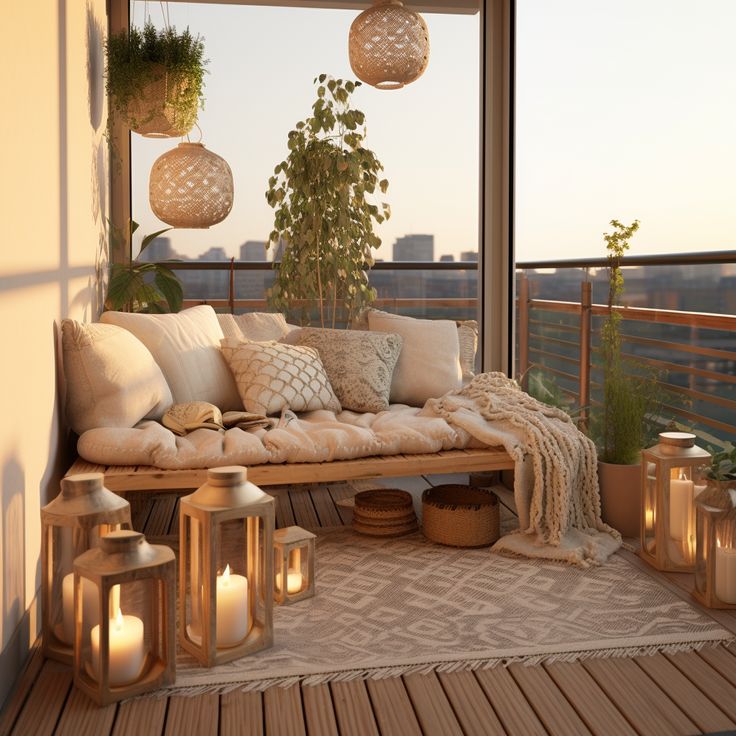
Space Optimization: Maximize the use of every inch of space. Choose furniture that can be easily rearranged or folded to accommodate varying group sizes. Consider booth seating to save space and create a cozy atmosphere.
Cost-Effective Materials: Use budget-friendly materials for flooring, furniture, and decor. . Opt for durable and easy-to-clean materials for tables and chairs.
Simple and Functional restaurant Design: Keep the design simple yet functional. Avoid unnecessary embellishments and focus on creating a layout that flows well and allows for easy movement of staff and customers.
DIY and Upcycled Decor: Get creative with DIY decor projects using inexpensive materials. Upcycle old furniture or decor items to give them a new life and add character to your space.
Strategic Lighting: Use lighting to enhance the ambiance without spending a lot. LED lights are energy-efficient and can create a warm and inviting atmosphere. Consider using pendant lights or track lighting to highlight specific areas.
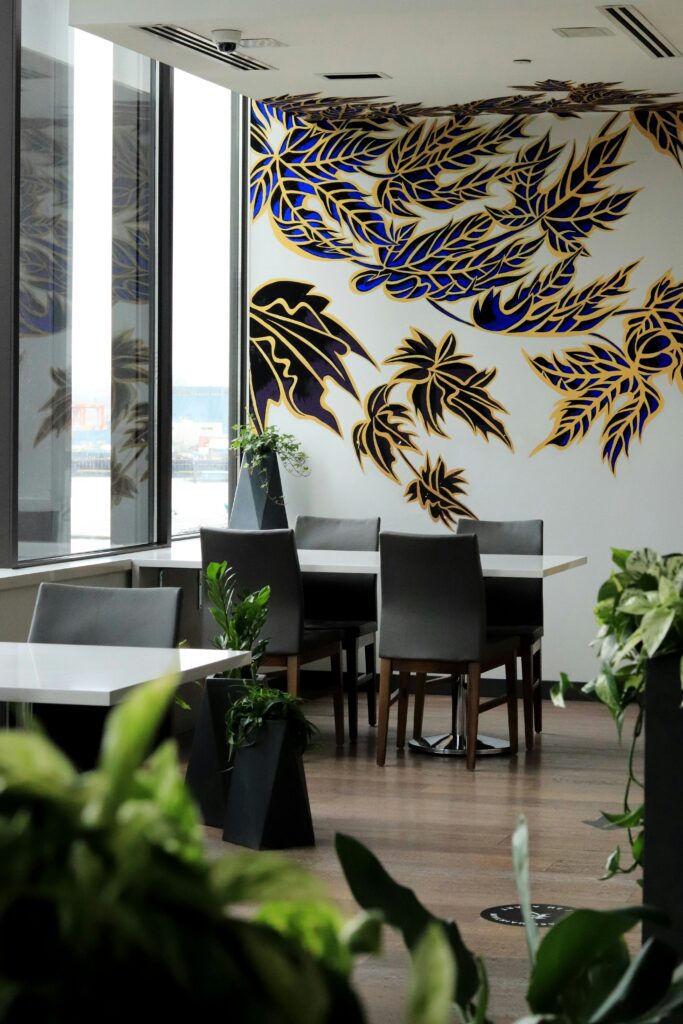
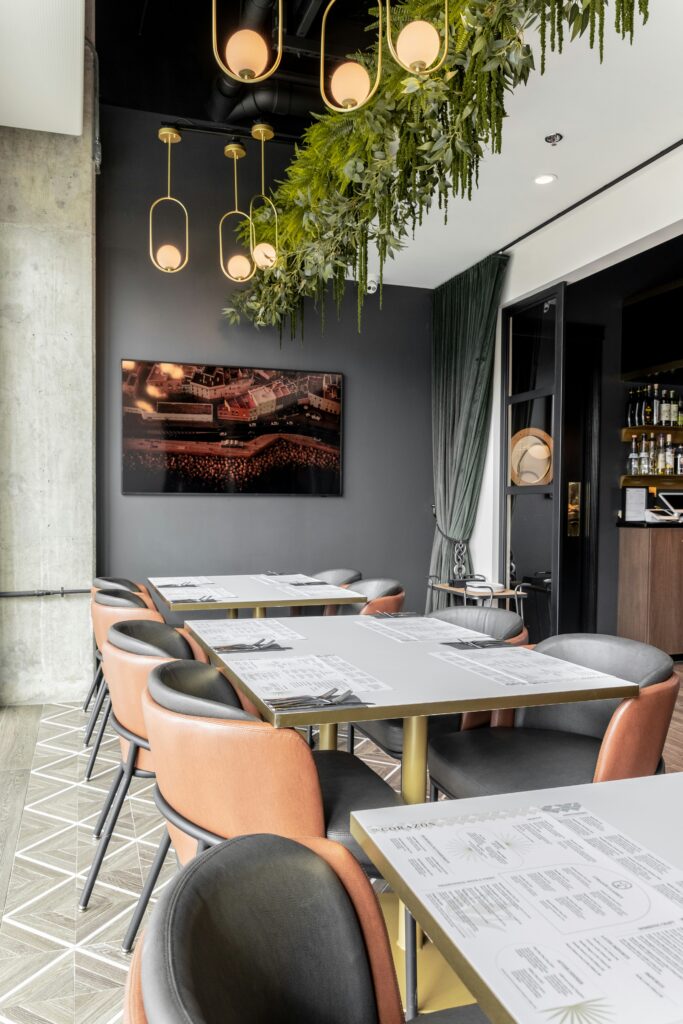
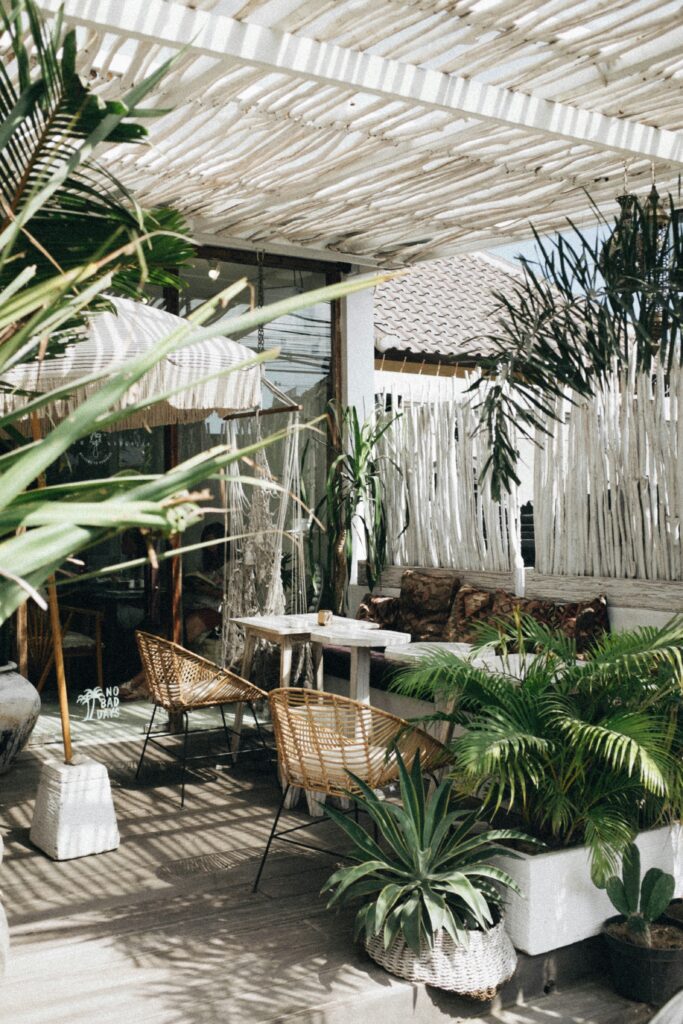
Utilize Vertical Spacein restaurant design : Make use of wall space for storage or decor. Wall-mounted shelves or pegboards can hold utensils, condiments, or decorative items, freeing up valuable counter space.
Functional Kitchen Layout: Design an efficient kitchen layout while Restaurant design that minimizes wasted space and allows for smooth workflow. Invest in essential equipment and appliances that meet your needs without unnecessary extras.
Brand Identity: Incorporate your brand identity into the design through signage, colors, and decor elements. This helps create a cohesive look and reinforces your brand to customers.
Community Engagement: Engage with the local community for support and resources. Consider sourcing decor items or materials locally to support small businesses and reduce costs in restaurant design .
Greenery and Plants: Use plants and greenery to add life and freshness to your space. Indoor plants are relatively inexpensive and can improve air quality while adding a natural element to your decor.
With these strategies, you can design a low-budget small restaurant that is both functional and inviting, providing a pleasant dining experience for your customers.

